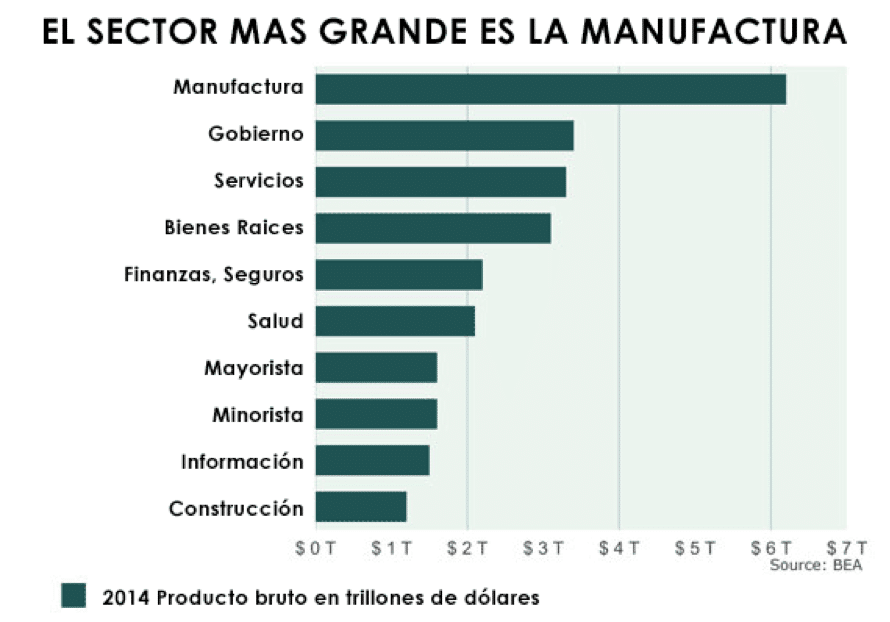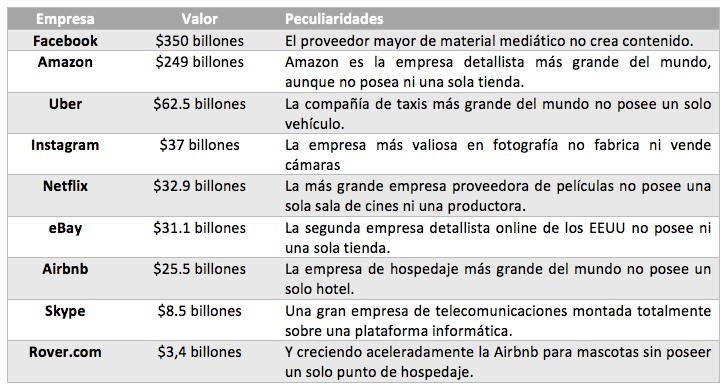The change goes...
Technological Change + Labor Change. The dynamics of technological changes have generated the need for a reformulation of the qualitative structure of work. Is it logical that in the US traditional jobs are derived to other societies and those of greater sophistication and value are kept at home?
In pre-electoral periods it is common to hear harsh criticism from the opposition of the administration of the current government in terms of economic achievements. In this sense, unemployment is usually one of the most used parameters to measure the efficiency or incapacity of our rulers.
Those who attack the current government affirm that its management has not been successful enough to prevent employers from substituting local labor sources for workers from Mexico, China, Vietnam or other countries that offer cheap labor. The truth is that in the manufacturing sector while the food and energy industries flourish, others within the non-durable goods sector such as the textile sector languish and point towards their disappearance, fueling the unemployment figures.
To assess what is actually happening with employment in the US, we must contrast it with the evolution of production. The following table sheds valuable light on the reality of the manufacturing sector:
 Source: http://beta.bls.gov/dataViewer
Source: http://beta.bls.gov/dataViewer
The graph above shows that while the manufacturing product rises to record levels, employment in the sector falls substantially. In fact, employment fell from the figure of 17 employed in January 285,000 to 2000 in July 12,979,000, a difference of almost 2016 million workers.
Since the unemployment rate as of August 2016 reached 4,9%, it can be inferred that the majority of workers displaced from industry have joined other sectors of the economy. In fact, the current unemployment rate in the manufacturing sector is lower than the overall unemployment rate in the economy, even though only 1 in 11 workers is now employed in the manufacturing sector.
The criticism that the US is exporting jobs to other countries is only half true because workers displaced from declining sectors like textiles and coal mining are often absorbed into the rest of the sectors. of the economy.
The truth is that the manufacturing sector is, today, the locomotive that propels the productive system of the North American economy as a whole. The following table shows the specific weight of manufacturing over other sectors:

Due to increased productivity in the manufacturing sector, most Americans are now employed in the service, health, and energy sectors. In this sense, the emergence of "disruptive industries" has created a timely platform for promoting jobs for the new generation of 80 million new workers known as the "millennials".
Indeed, millennials they have a work philosophy that makes them different from the rest of the labor force: they are not very regular at a work site and at a predetermined schedule; if they are not motivated, they leave the job; they prefer to promote their own personal brand than that of the company; balance work life with recreation; their ages range between 16 and 35 years.
The "disruptive industries", for their part, seem to have been tailored to the "millennials" because not in vain were they created by them in their image and likeness. In the following table I list the companies of that cut that have most caught my attention:
“Disruptive” Industries Source: Wikipedia, Bloomberg, thebalance.com
Source: Wikipedia, Bloomberg, thebalance.com
What is interesting about these companies is that they do not have a physical infrastructure or machinery and production equipment, but instead depend on client networks mounted on flexible computing platforms where the content is provided by the users themselves.
It is not difficult to imagine how different and liberal the work environment must be in each of these "disruptive" companies that have managed to break the modes of operation of large traditional economic sectors.
The truth is that today, and almost without realizing it, we are assimilating to the routine use of these new forms of adaptation to modern life. Now there is talk of using Uber services instead of taxis; of hiring a room provided by an Airbnb affiliate instead of a room in some famous hotel chain; to buy a camera online through Amazon; and, finally, from using telephony and video services, to hosting dogs and online advertising under modalities created by companies that were born less than twenty years ago.
Human ingenuity, as always, will continue to strengthen the foundations of the US economy and the rest of the world. Technology applied to business will continue to bear fruit.
That is why to say goodbye I have chosen a phrase from Albert Einstein that suits our topic today very well: "The measure of intelligence lies in the ability to change."
------------------------
Author Alfredo González I www.negociosenflorida.com





